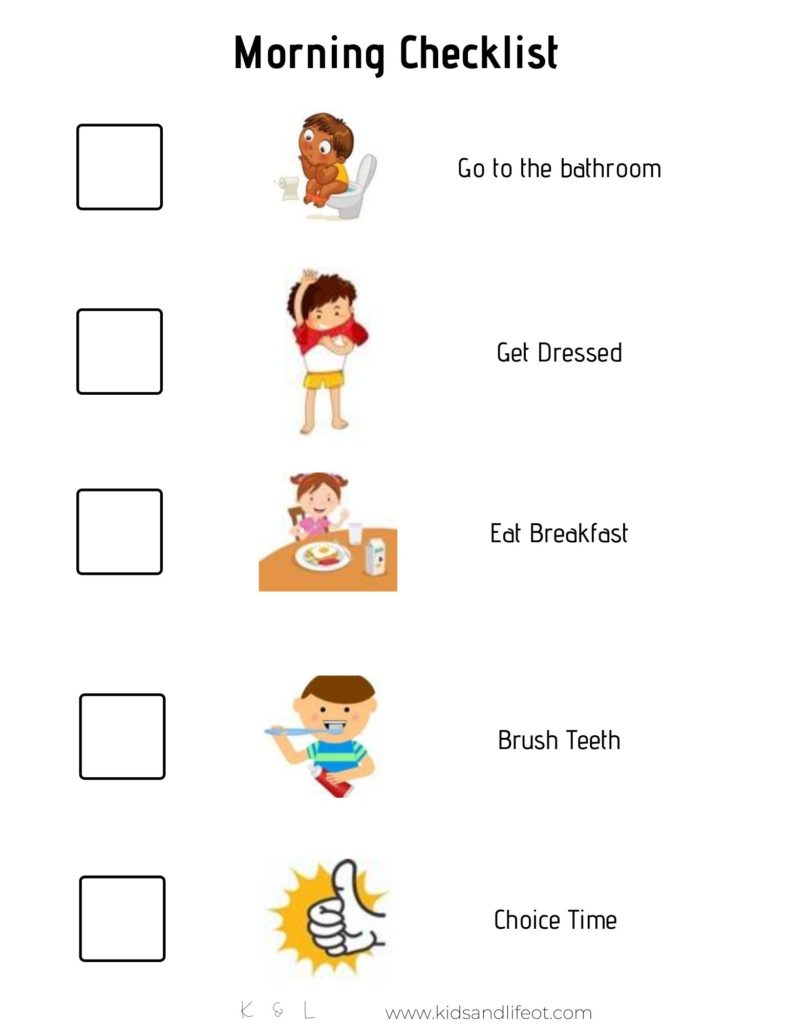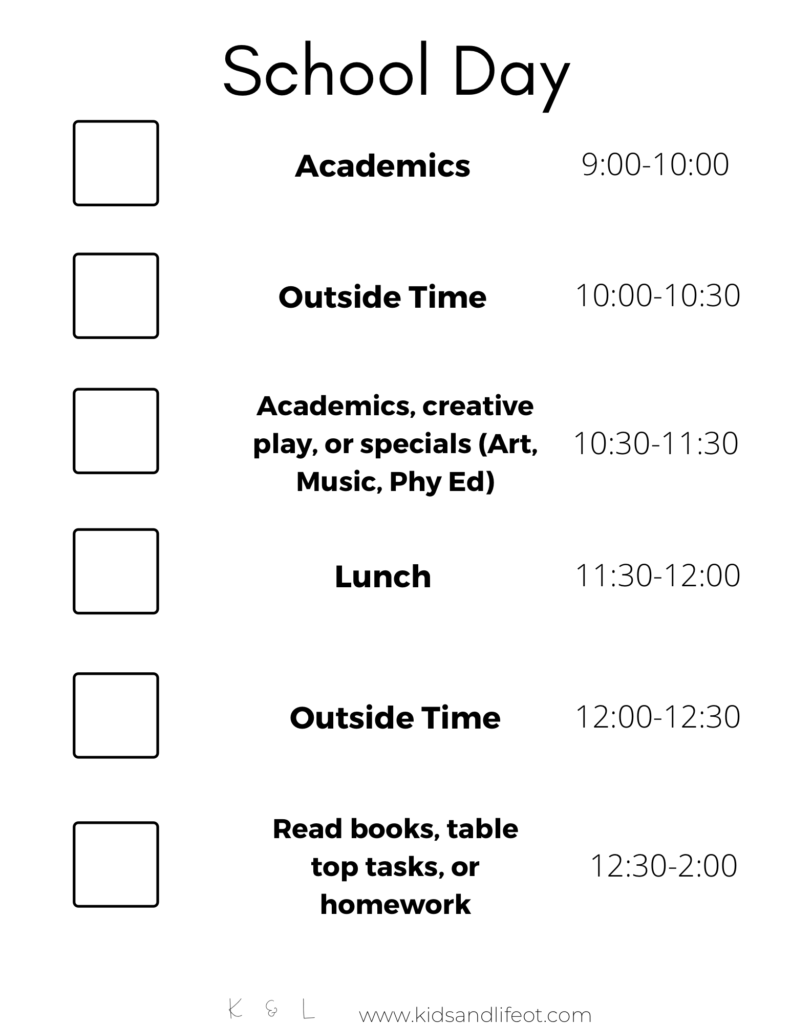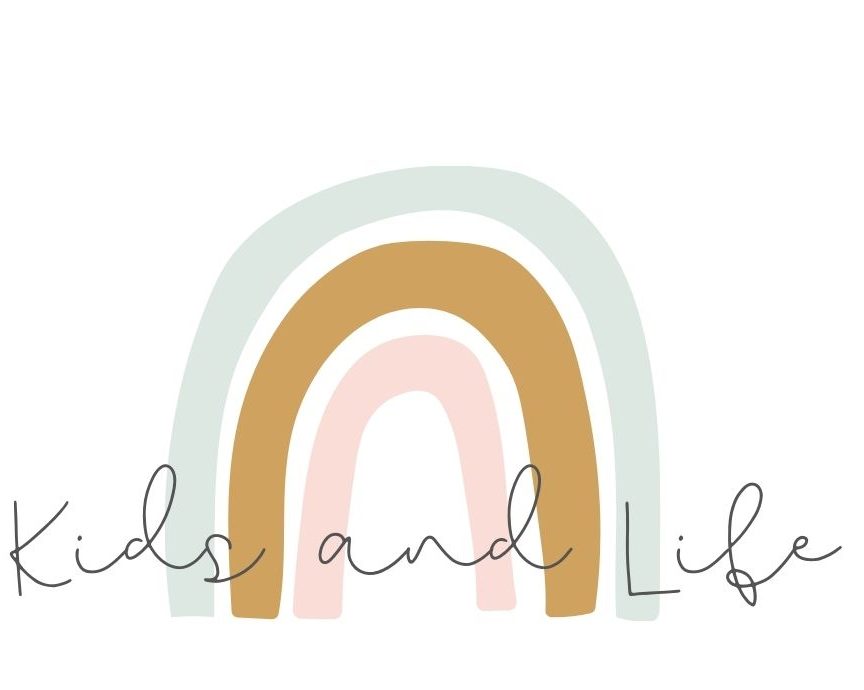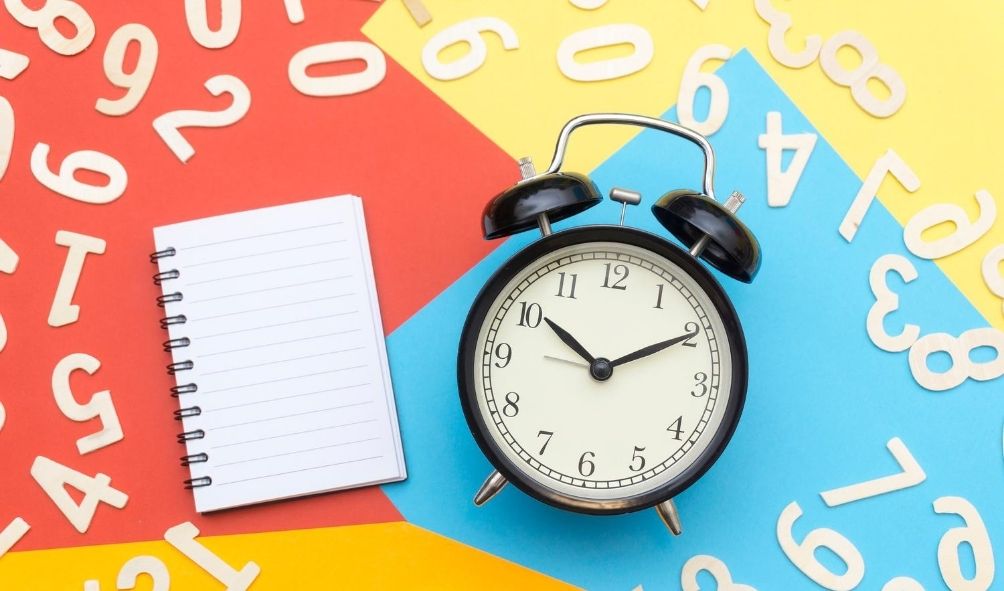Kids learn in many different ways. We all do. People use visual supports to help understand many situations. Depending on the child’s cognitive ability, a visual may be necessary for them to understand different concepts.
Cognitive Development and Visuals
For kids aged 2-7, they are in a cognitive developmental stage that allows them to begin to think symbolically. This means they attach symbols to meanings.
- Their language is developing very quickly, but our perception of what they are actually understanding might be skewed!
- They are unable to take the viewpoint of others and they still think very concretely.
- They are driven by play and by doing what they want to do. They have difficulty taking viewpoints of others. She is not able to understand that it is important to stop playing, bathe because she is filthy and get to bed so she is not a bear in the morning (… not speaking from experience or anything…). All she thinks about is the playing part.
These factors show that an additional support through the use of a visual can be very effective.
Neurodiversity and Visuals
For kids with developmental disabilities, neurodevelopmental disorders, neurodiversity, or alternate ways that they process or learn information, it is so important to provide additional ways to communicate expectations. These children’s brains are different. They may require more repetition, more support, or more attention than another child that is the same chronological age.
This resource by Temple Grandin provides an awesome explanation of how individuals on the autism spectrum process visual information and why visual supports are helpful. I also love this book by David Stein about providing support to children and youth with Down syndrome.

What is a visual support?
A “visual support” can be anything that uses the vision sense to reinforce a concept. So consider a story or book: having pictures provides more information to the reader through a medium other than words.
Have you ever felt overwhelmed, anxious, or unsure of where to begin or what is expected of you? Some adults use checklists, timers, or models to support an understanding or completion of a task.
Kids oftentimes feel this, especially when they have more difficulty processing situations or information. (Check out my post on ways to support kids that need extra attention, support, or love here.) Visual supports can decrease anxiety about what is to come and prevent frustration due to miscommunication. Below you’ll find ways to provide support to the children in your life through the power of visuals.
This post is all about ways to utilize visuals to empower, engage, and support kids at home. There are tools that range in level of support. Some will be more for parents’ use, some are great for kids of all ages, and some can be used with kiddos with intellectual disabilities, attention deficits, or processing delays. Choose which works best for the child in your life!
First-Then
This type of visual allows for a very concrete explanation of what you will be doing first and what comes after that task.

You can certainly use it as a 2-step visual schedule. Or you can use it to complete a task that is less preferred before engaging in the desired activity. For example, if your child loves playing outside, but it is lunch time, you can use a picture or word in the “first” box and a picture of outside in the “then” box. “First we’ll eat lunch, then we’ll go outside.” Or make it more succinct and use fewer words: “first eat, then outside”; “first your homework, then tv”; “Do your chores first, then you can play with your friends”; you get the picture. I use this strategy verbally and use my fingers for a visual when my toddler is having a hard time with a transition or a direction.
Visual schedules for daily routines
Visual schedules are so powerful. Use them for specific times or activities in your day. You do not need to use these for every moment of your day. And in fact, I recommend you don’t. Pick the parts that are hard to get through in order to establish a consistent routine and expectations for a period of time. Here are two great websites with pre-made visual schedules for daily routines: Do2Learn and Living Well With Autism.


Use these templates that I’ve included during morning or nighttime routines. Laminate, cover with packing tape, or slip into a page protector and cross off each item as you go with a dry erase marker.
Or, create your own! Use a dry erase board, chalkboard, or simply a piece of paper to layout the activities for the next 30-60 minutes. Use words and/or pictures, whatever the child will best understand. For some children, using real pictures of his house is best. For others, a general picture is fine. Lastly, this is a great website that you can create your own printables if you have the time!
Schedules for school
Sooooo who’s suddenly homeschooling their kids? Here are a few suggestions:
–Create a consistent routine and context that schoolwork gets done in. Set up a spot that schoolwork happens at. Maybe it’s a desk, a spot at the table or counter, or maybe you put a small table and chair in a separate room for the time being. This is where schoolwork gets done. Then he can step away from it when it is time for free choice, lunch, or recess.
-Now, make a schedule. Either use the one included below or use the guide on daily activities and create your own. Display it where your child can see it and use appropriate language or pictures so that the child can understand it. And even though we talked about ages 2-7 being good ages for a visual, for a school schedule, I’d use it with older kids as well.
–Be consistent. If you have a consistent routine, the child will get to know the routine and expectations and it may just be easier on him or her. When school is done, leave that workspace or pack it up and put it away until the next school day.
–Give yourself forgiveness for tough days. And there will be tough days. Gosh, these are hard times.


Timers and Clocks
This post contains affiliate links and I may receive commission when you click on links and make purchases. However, this does not impact the price you pay!

Most kids have little concept of time. It might not mean much to them to say, “We’re going to work for 10 more minutes.” Using something that is clear and concrete might be helpful. Here are some ideas:
- Visual timers- this one is great because its very easy to operate and easy to refer to. “When the red is all gone, lunch is over.”
- Visual clock- buy a cheap clock, color timeframes in it to indicate when kids do what task. Here is a great guide.


- Lights that change color- such as the Hatch. This is an awesome light/sound machine that can be controlled from your phone. Genius. We use this light for sleeping for my toddler, however it could be an excellent tool for a calm down tool or a way to indicate that it is time to switch to the next activity. “When the light turns green, free time is over and we’ll head back to the table.”
There are many other ways to incorporate visual supports into your child’s life. But this is a good place to start. Even if you’re not certain the child in your life needs a visual support, give it a shot. Or maybe you’re not sure they would be able to follow it, try it. And then try it again. Being consistent with these tools is best. As you use it more and more, the child understands expectations and the concept of the support.
Please, share your favorite visual supports because we all need them right now!
Connectability
Evidence for the effectiveness of visual supports in helping children with disabilities access the mainstream primary school curriculum
The Preoperational Stage of Cognitive Development
Thinking In Pictures





These are so great! I just found your website and I’m loving it. Thank you so much – I’m sure I’ll be adopting quite a few of these strategies.
Hi Karissa! I’m so glad you find them helpful. Let me know how they work and if you have questions.